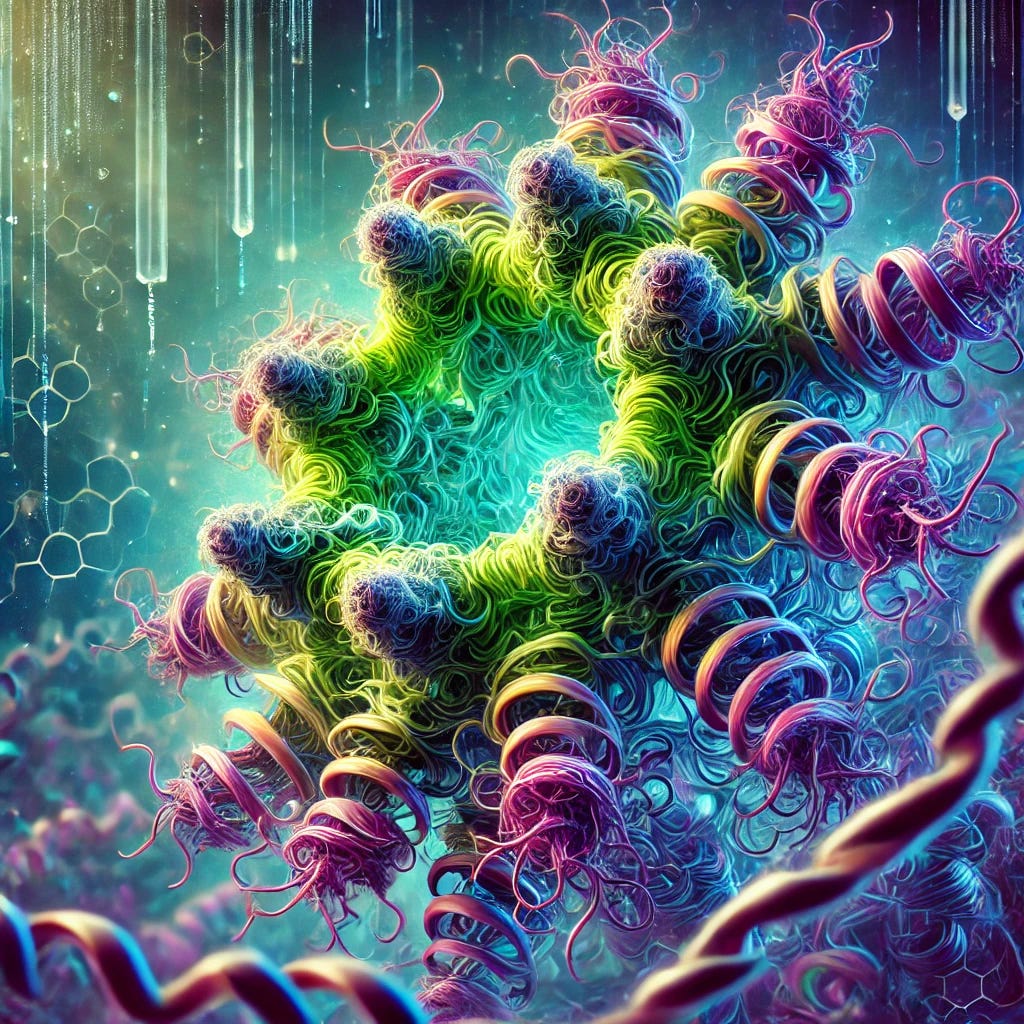Predicting Protein Toxicity Using AI 2: Overview
In this article, we will take a look at an overview of a new project aimed at addressing the major issues identified in a previous project. The previous project raised two main problems, which can be summarized as follows: The need for model performance improvement, and long embedding time. To address these issues, we have previously proposed tentative solutions such as applying a deep learning model, using a larger-scale ESM2 model, utilizing a high-spec GPU, and optimizing the embedding code. We will examine these methods in more detail and present the direction of the new project.

In this session,
We will take a look at an overview of a new project aimed at addressing the major issues identified in the previous project. The previous project raised two main problems, which can be summarized as follows.
- The need for model performance improvement
- Long embedding time
To address these issues, we have previously proposed tentative solutions such as applying a deep learning model, using a larger-scale ESM2 model, utilizing a high-spec GPU, and optimizing the embedding code. Now, we will examine these methods in more detail and present the direction of the new project.


 Editor-Admin
Editor-Admin 






